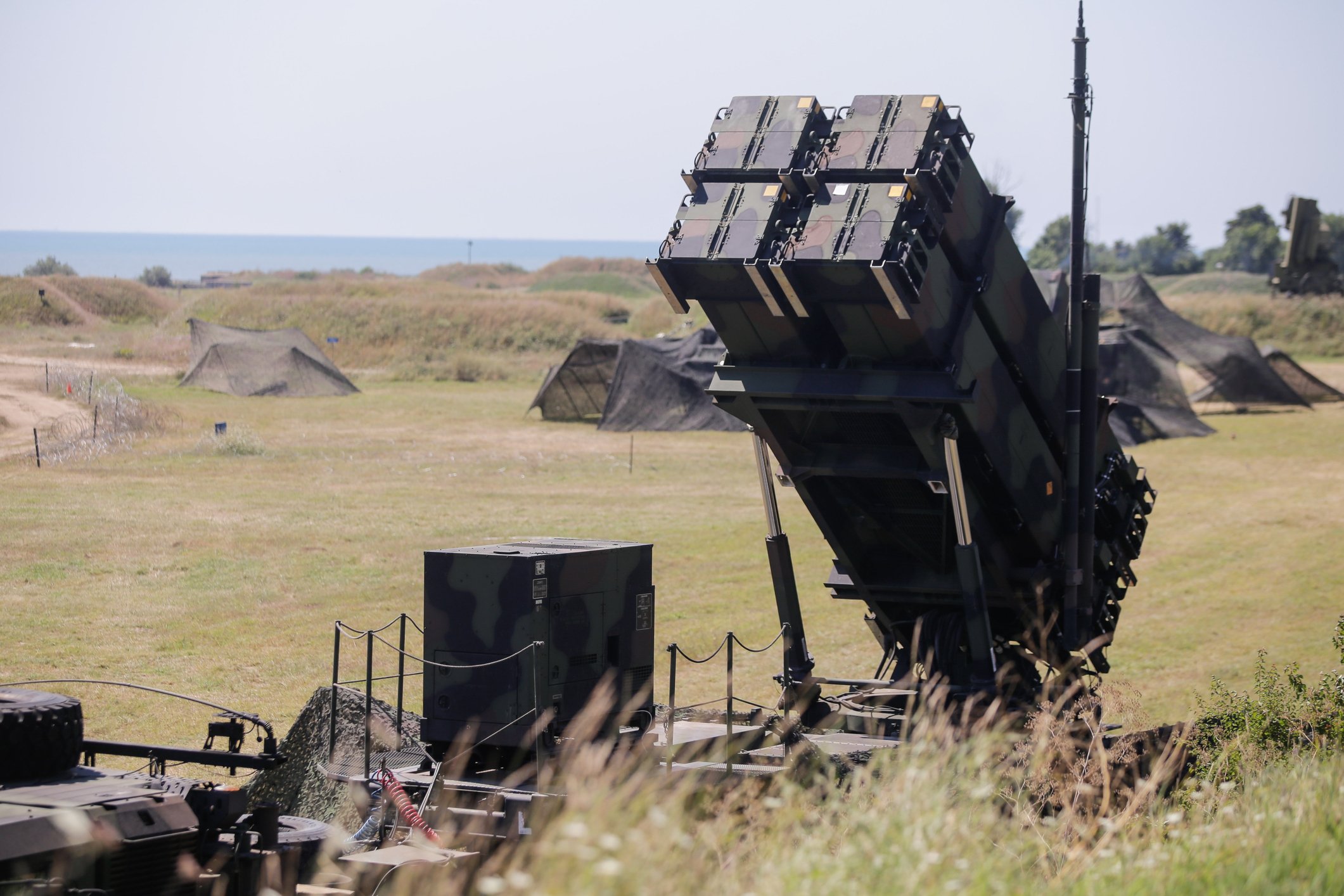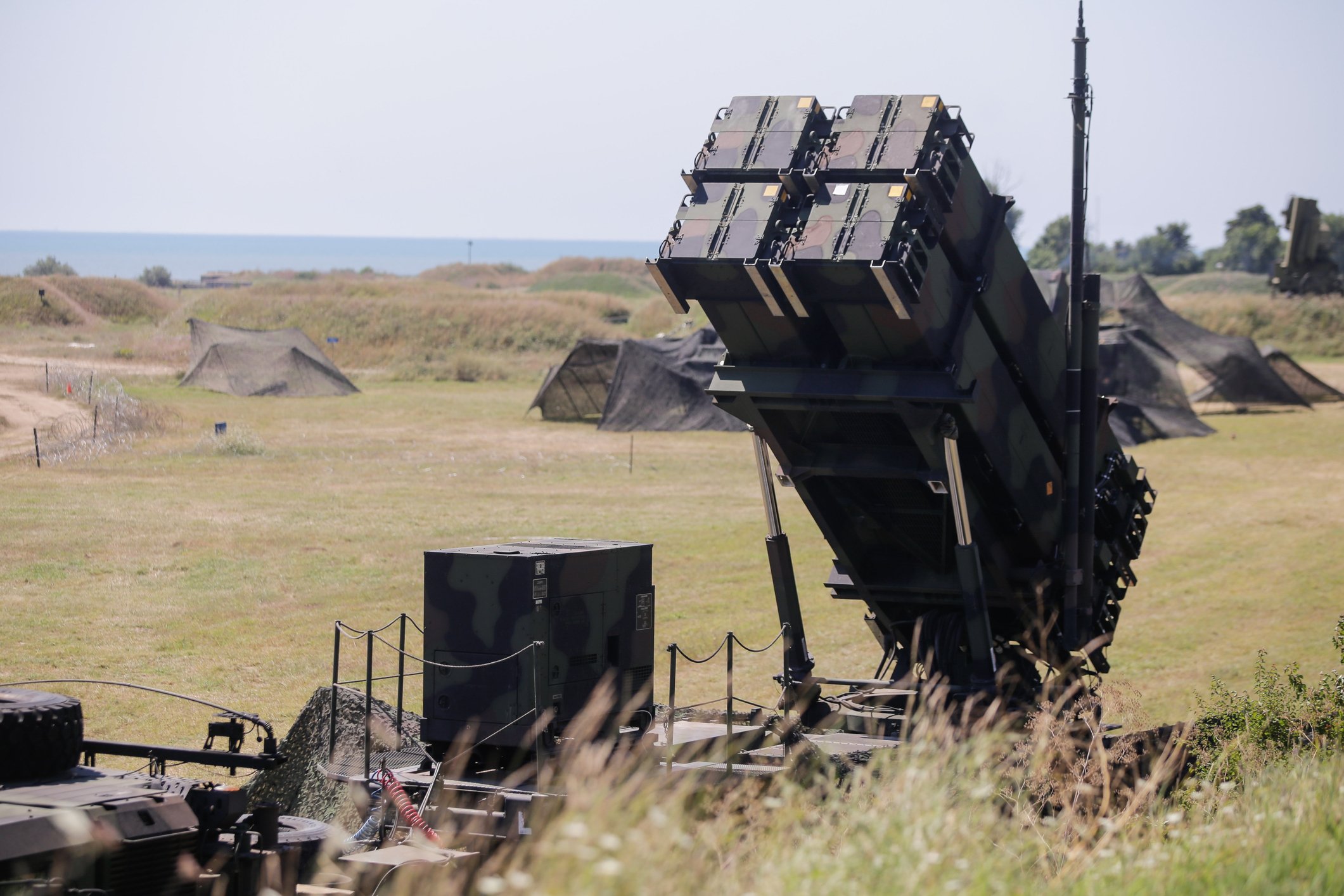The Air Force's next-generation fighters could cost as much as $300 million apiece in 2018 dollars, according to a new Congressional Budget Office (CBO) report. That eye-watering estimate is sure to attract significant interest from contractors but could cause the military to consider other options.
The proposed plane, known inside the Pentagon as the Penetrating Counter Air (PCA), is designed to enter service in the 2030s to replace the current fleet of 1970s-era F-15 Eagles and eventually the more current F-22 Raptors. The PCA, like the Raptor, would be more of a pure fighter designed to engage against aerial threats and not a joint fighter/bomber like the newer F-35 Joint Strike Fighter.

If the CBO is correct, the next Air Force fighter is going to make the F-22 and F-35, both shown above, look like bargains. Image source: Lockheed Martin.
The CBO estimates the Air Force would need more than 400 of the new planes.
A plane like no other
The high cost is a reflection, in part, of the futuristic list of requirements the Air Force has for its next fighter. To satisfy Pentagon survivability demands, the PCA will need one of the most powerful on-board radar and electronics systems ever developed, capable of detecting future generations of enemy stealth fighters.
It will also have to improve on existing stealth technology, particularly against low-frequency radar, which will likely require a complete rethink of current designs and potentially the elimination of rear vertical stabilizers. Stealth, the CBO noted, does not come cheap. Current generations of aircraft, including the B-2 bomber and the F-22 and F-35 fighters, "have experienced cost increases that resulted in lower production rates and decreased total purchases."
As the name suggests, the Air Force is also thinking about major-power conflicts and the need to penetrate deep into enemy airspace to engage in battle or to protect U.S. bombers. Those longer missions will likely require bigger fuel tanks and could mean more internal weapons storage, making it a larger plane than the F-22.
No shortage of interest
Although the Air Force has not yet given any official indication that it is preparing for a new fighter competition, the service branch appears to be laying the groundwork. The Pentagon in 2016 released its Air Superiority 2030 Flight Plan, outlining the need for the PCA, and in its fiscal 2019 budget requested $500 million for research into "next-generation air dominance." That number is expected to rise to $1.4 billion in 2020.
Should a competition materialize, expect Lockheed Martin (LMT +3.27%), Boeing (BA 1.06%), and Northrop Grumman (NOC +4.35%) to all get involved. Lockheed is the current air-superiority champion, winning tactical bake-offs against its rivals to produce the F-22 and then the F-35. Boeing, maker of the F-15 and F-18, has already expressed an interest. Northrop, maker of the forthcoming B-21 bomber, was the runner-up in the F-22 competition and reportedly expressed interest in participating in a potential Japanese fighter program.
All in, assuming the CBO estimates are correct, the winning bidder could take in as much as $120 billion in revenue in today's dollars from new-plane sales alone. Factor in ancillary revenue from research and development, services, maintenance, and replacement parts, and the PCA would likely easily surpass the F-35 as the world's most expensive weapons platform. The CBO estimates that if the Air Force proceeds with the PCA, the service branch would be spending $26 billion annually on fighter aircraft alone in the early 2030s.
One for the future
Of course, if the CBO projections are accurate, the PCA (or at least the version of the PCA the Air Force desires) might never come to fruition. The budget watchdog notes in its report that the Air Force "could decide that the PCA aircraft's cutting-edge design is unaffordable and instead opt to purchase more F-35As."
Lockheed Martin has proposed updating the F-22 with the more-advanced electronics suite used on the F-35. That move would not create an airplane as powerful as what the Air Force envisions, but would improve the F-22's usefulness and survivability at a lower cost than an all-new program. Another option would be for the Air Force to simply fly its existing fleet of jets for longer than anticipated, though as the CBO notes, obtaining replacement parts for older jets can be difficult and expensive.
The F-22 is widely considered somewhat of a dud. And despite the projected high costs, my money is on the Air Force looking for some sort of a replacement in the years to come instead of relying on its existing fleet. The Air Force in September issued a report estimating that its existing fleet size needs to grow by 24% just to handle its many missions, including a call to increase the number of fighter squadrons by seven to 62.
The PCA, when it arrives, is going to be a massive contract for one large U.S. company, and will provide billions in subcontracting work for many others.
It's perhaps a decade too soon for investors to trade based on the proposed PCA. But the CBO projections, if nothing else, are a reminder of America's insatiable hunger for new weapons platforms -- and with it a reminder of why these defense titans make such good long-term investments.








